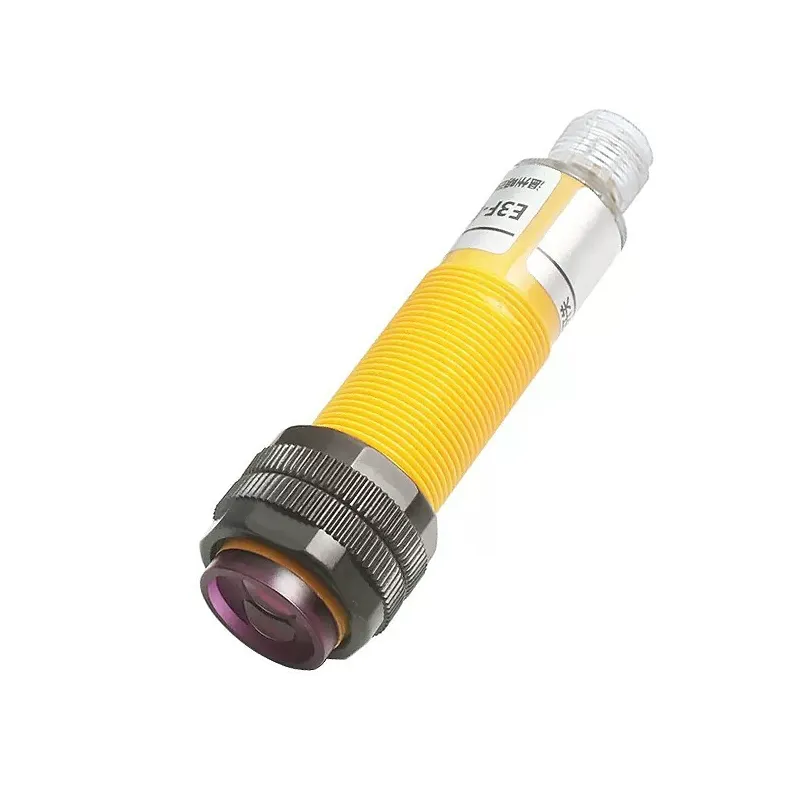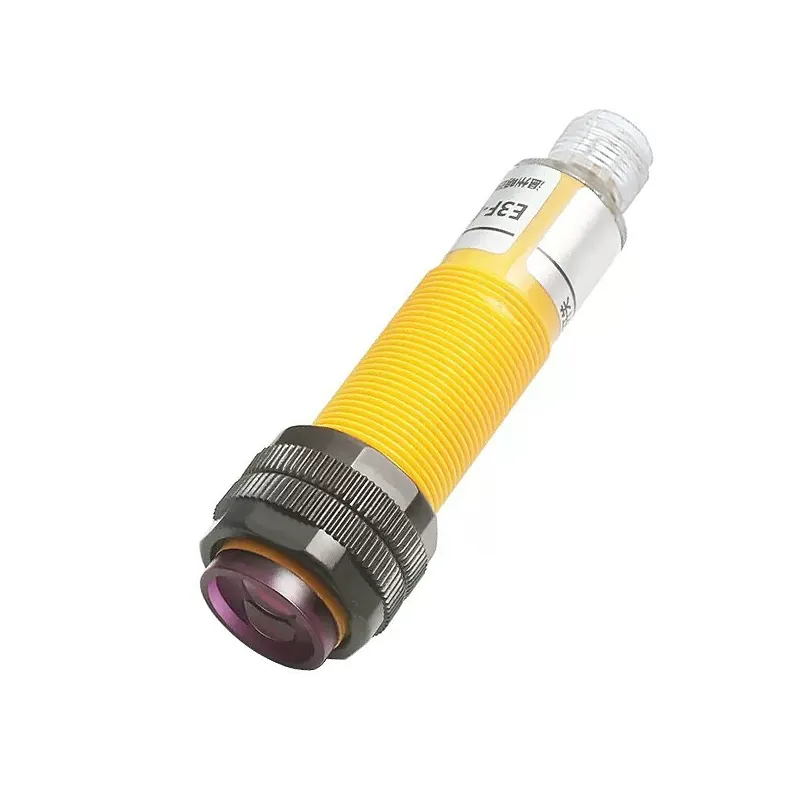Improving Workplace Reliability with Smart Sensors
In today’s fast-paced industrial landscape, maintaining safety standards while optimizing productivity has become a major priority. One of the key technologies making this possible is the use of photoelectric switches. These compact, highly responsive sensors are increasingly being integrated into manufacturing environments to ensure equipment safety, minimize human error, and reduce downtime. With their ability to detect objects without contact and respond in real-time, photoelectric switches are reshaping safety protocols across diverse industries.
Understanding the Functionality of Photoelectric Switches
Basic Operating Principle
Photoelectric switches work by detecting changes in the amount of light received from an emitter to a receiver. When an object interrupts the light beam, the sensor activates a switch that can trigger alarms, shut down equipment, or execute programmed responses. This non-contact method allows for swift object detection, making it ideal for dynamic production settings.
Types of Photoelectric Switches
There are three primary types of photoelectric switches: through-beam, retro-reflective, and diffuse-reflective. Through-beam sensors use separate emitter and receiver units, providing long-range accuracy. Retro-reflective models use a reflector to bounce light back to a receiver, making installation simpler. Diffuse-reflective sensors rely on light reflecting off the object itself and are best for short-range applications.
Applications in Industrial Safety Systems
Machine Guarding and Perimeter Protection
Photoelectric switches are widely used to guard machines and protect workers from hazardous zones. By creating invisible safety curtains around moving machinery, these sensors ensure that any intrusion triggers an immediate response, such as stopping the machine or sounding an alarm. This helps prevent accidents and keeps operations compliant with safety regulations.
Emergency Stop and Interlock Systems
In many manufacturing setups, photoelectric switches are part of emergency stop systems. They can detect the presence of personnel or equipment in restricted areas and initiate a safety shutdown. When integrated into interlock systems, they enhance the reliability of safety protocols by ensuring that machinery operates only under safe conditions.
Integration with Automated Manufacturing
Enhancing Robotics and Conveyor Systems
Automation depends heavily on precise object detection, and photoelectric switches deliver consistent results. In robotics and conveyor systems, these sensors identify the presence, position, or movement of components, ensuring synchronization across the line. This reduces misalignment, prevents damage, and enhances safety in high-speed environments.
Flexible Mounting and Configuration Options
Modern photoelectric switches come in various sizes and configurations, allowing them to be mounted on robotic arms, production lines, and enclosures. Their versatility and adaptability to different lighting conditions and surface types make them suitable for a wide range of industrial scenarios, without compromising detection reliability.

Advantages Over Traditional Safety Mechanisms
Reduced Wear and Maintenance
Because photoelectric switches operate without physical contact, they experience minimal wear and tear. This leads to lower maintenance costs and longer service life compared to mechanical switches. Their durability also ensures consistent performance, even in dusty or wet environments.
Faster Response Times
Photoelectric switches offer rapid response, which is crucial in environments where safety depends on milliseconds. Their ability to immediately detect changes allows systems to react quickly to potential hazards, preventing accidents before they escalate.
Design Considerations for Safety Applications
Selecting the Right Sensor for the Task
Choosing the appropriate photoelectric switch depends on several factors, including sensing range, object reflectivity, ambient light conditions, and space constraints. Through careful evaluation of these factors, manufacturers can optimize the placement and effectiveness of these sensors for safety-critical applications.
Incorporating Redundancy and Fail-Safes
In high-risk environments, using multiple photoelectric switches with overlapping coverage ensures that no zone is left unprotected. Redundant systems provide a fail-safe mechanism that maintains functionality even if one sensor fails, enhancing overall safety assurance.
Compliance with International Safety Standards
Meeting OSHA and ISO Requirements
Many industries are governed by safety standards such as those from OSHA and ISO. Photoelectric switches play an important role in helping facilities meet these requirements. Their integration into machine guarding and emergency stop systems aligns with international best practices for workplace safety.
Supporting Industry 4.0 Initiatives
As manufacturing moves towards Industry 4.0, photoelectric switches are being equipped with smart features like self-diagnostics and communication protocols. These capabilities allow for real-time monitoring, predictive maintenance, and remote configuration, further boosting operational safety and efficiency.
Challenges and Solutions in Sensor Deployment
Overcoming Environmental Interference
Factors such as dust, humidity, and ambient light can affect the performance of photoelectric switches. However, modern models are equipped with filters, protective housings, and signal-processing algorithms that minimize false positives and maintain reliability under challenging conditions.
Ensuring Correct Installation and Alignment
Proper alignment is essential for optimal sensor performance. Many photoelectric switches now feature alignment indicators, built-in diagnostics, and calibration tools to simplify the installation process and reduce setup errors. Training and best practices further enhance the successful deployment of these sensors.
Future Trends in Photoelectric Switch Technology
Integration with IoT and Smart Systems
The future of photoelectric switches lies in their integration with IoT and smart factory systems. These connected sensors can send data to centralized systems for analysis, enabling real-time decision-making and safety alerts. This connectivity supports predictive maintenance and improved asset management.
Miniaturization and Higher Precision
Ongoing advances in technology are leading to more compact and precise photoelectric switches. These next-generation sensors can be embedded into tighter spaces and detect even smaller objects, expanding their usability across increasingly complex manufacturing setups.
Frequently Asked Questions
How do photoelectric switches improve workplace safety?
Photoelectric switches enhance workplace safety by detecting the presence of objects or personnel in hazardous areas, enabling immediate system responses that prevent accidents.
Can photoelectric switches function in dusty or humid environments?
Yes, modern photoelectric switches are designed to operate reliably in harsh conditions. Protective housings and advanced filtering technologies help maintain performance.
Are photoelectric switches easy to install and maintain?
Most photoelectric switches are easy to install thanks to alignment tools and compact designs. Their non-contact operation also means lower maintenance requirements.
What industries benefit most from photoelectric switch technology?
Industries such as automotive, food processing, electronics, and packaging benefit greatly from the safety, precision, and automation capabilities provided by photoelectric switches.
Table of Contents
- Improving Workplace Reliability with Smart Sensors
- Understanding the Functionality of Photoelectric Switches
- Applications in Industrial Safety Systems
- Integration with Automated Manufacturing
- Advantages Over Traditional Safety Mechanisms
- Design Considerations for Safety Applications
- Compliance with International Safety Standards
- Challenges and Solutions in Sensor Deployment
- Future Trends in Photoelectric Switch Technology
- Frequently Asked Questions

